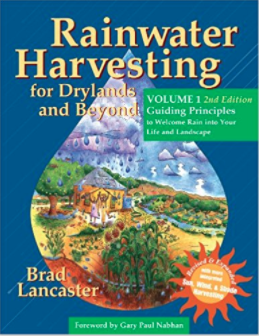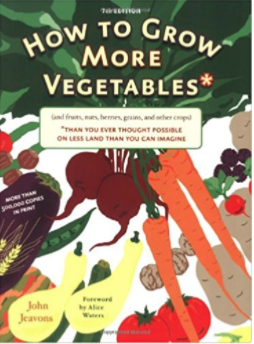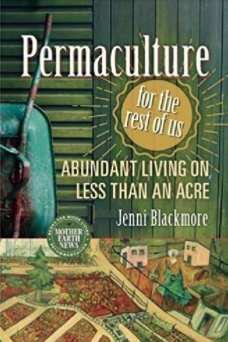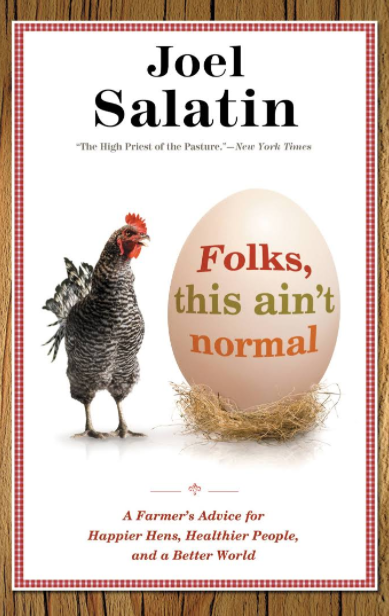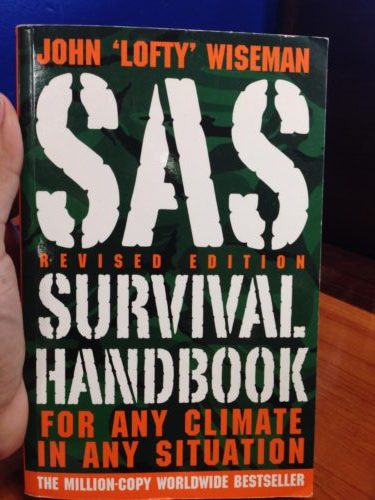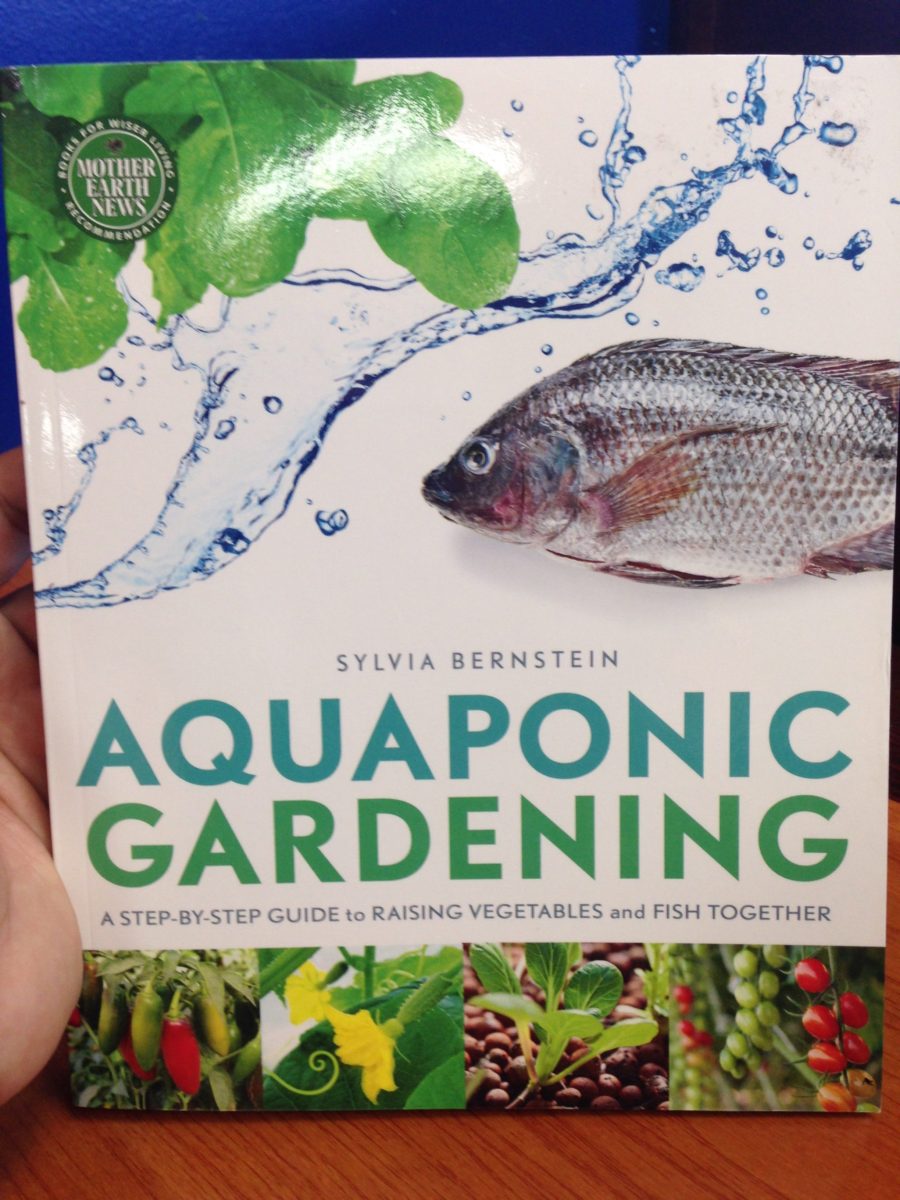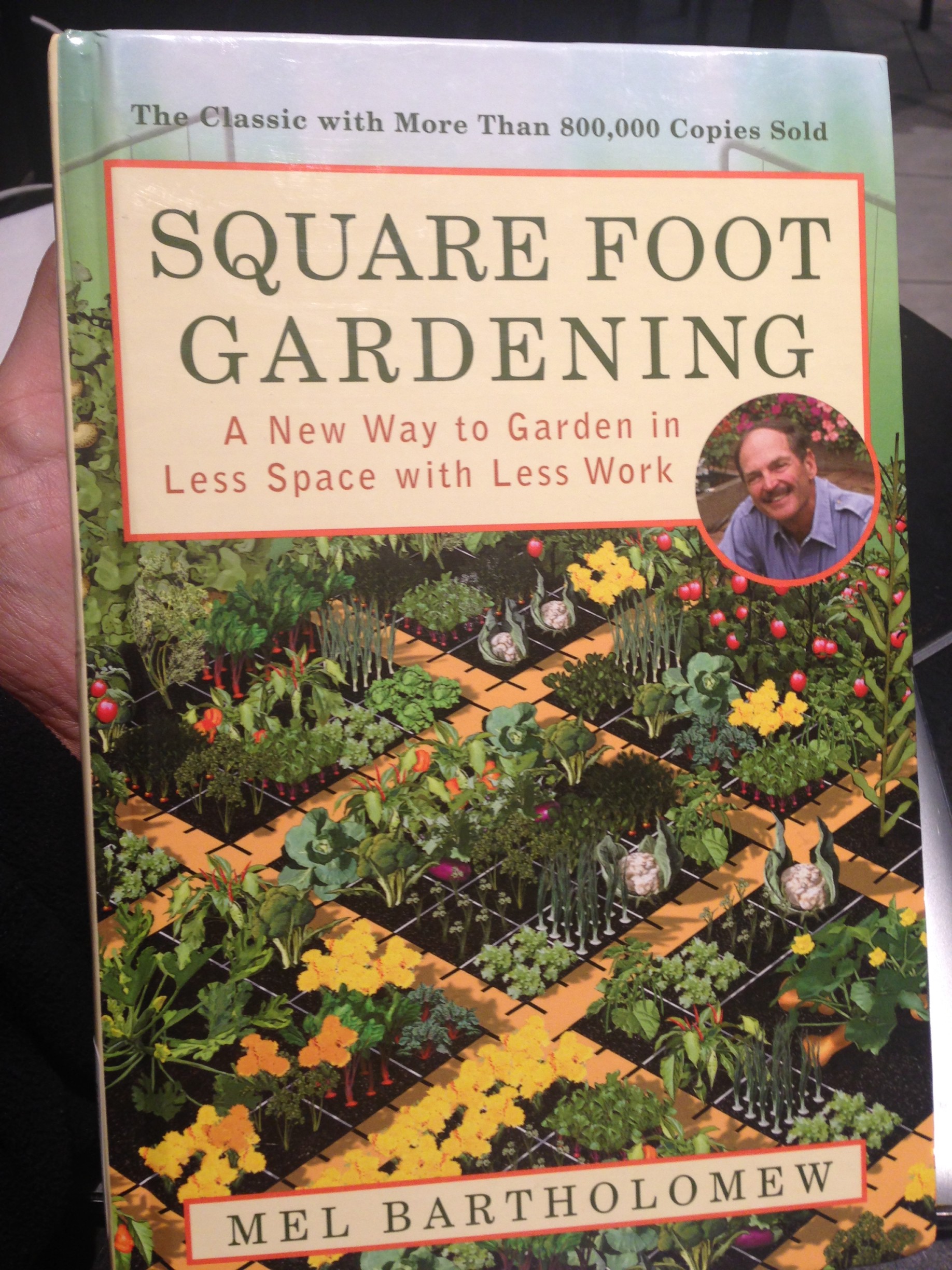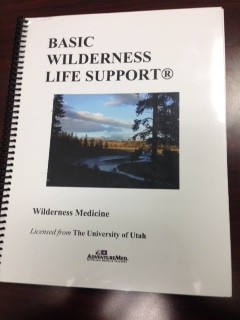Eight Principles of Rainwater Harvesting
- Begin with long and thoughtful observation: Notice what’s working and what’s not.
- Start at the top of your watershed and work your way down: Collect water at the top, and then let gravity drive your water distribution downhill to meet your needs.
- Start small and simple: Strategies are easier to implement and adjust when they are small. Small mistakes are easier to fix than big mistakes.
- Spread and infiltrate the flow of water: Slow it, spread it, sink it. Don’t let water erosively run off your land.
- Always plan an overflow route, and manage that overflow as a resource: Take advantage of heavy rains.
- Maximize living and organic groundcover: Create a living sponge.
- Maximize beneficial relationships and efficiency by “stacking functions”: Berms can double as raised walking paths. Plants can also cool buildings. Vegetation can also provide food for people, animals, or insects.
- Continually reassess your system since it’s a “feedback loop”
Notes
- Good rainwater harvesting helps prevent mosquito breeding.
- Replace paved parking and driveways with pavers to reduce runoff.
- Native plants are a much better choice for water conservation.
- Using bio-compatible soaps allows you to use greywater to water plants.
- Consider waterless compost toilets.
- Plant shade trees on the east and west sides of buildings.
- Before you plant trees, you must plant water. (Implement rainwater harvesting earthworks.)
- Get a detailed topographic map of your land to identify watersheds and ridge lines.
- 1 inch of rain on 1,000 sqft of surface area can capture 600 gallons of water.
- The highest quality source of water is direct rainwater capture. Use this for drinking.
- Earthworks to learn: swales, berms, terraces, infiltration trenches, infiltration basin, imprinting, mulch, diversion swales, check dam, one rock dam, rock plunge pool
- Cisterns will be covered in Vol 3.
- Every foot of elevation provides 0.43 psi of water pressure.
- Orient buildings east-west, with long walls facing south-north) to maximize winter heating and minimize summer heat.
- Design roof overhangs and awnings to shade in the summer but not in the winter.
- Always pair a raised path with a sunken basin to capture runoff and grow shelter and beauty for the path. Plant a tree in the basin.
- Build a Zuni bowl to repair a headcut.
- A wide gully is more stable than a deep gully. Stabilize with rock check dams and vegetation.
- Stable floodplains are nature’s solution to flooding. Do not disturb.
- Exposed roots are an indication of erosion. Find and repair.
- Plant cottonwoods, sycamores, willows near water.
- Waffle gardens are the opposite of raised beds, used for capturing rainwater.
- In floodplain farming, grow more cold-hardy crops and use earthen walls to spread water.
